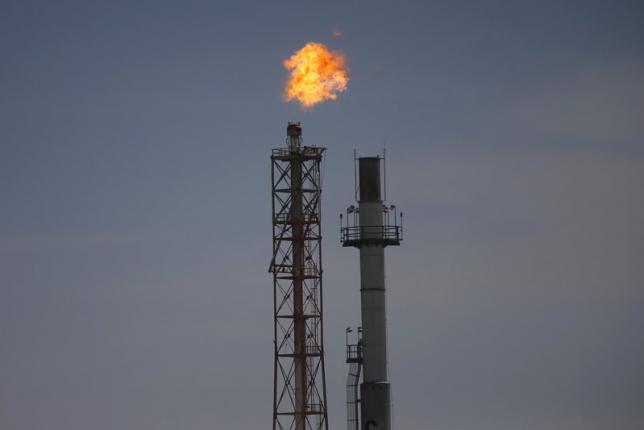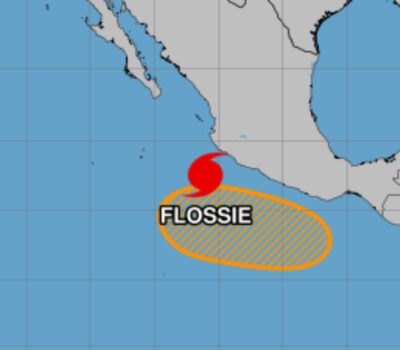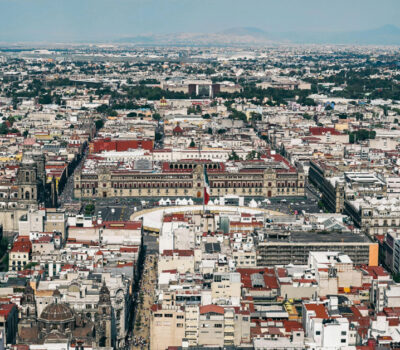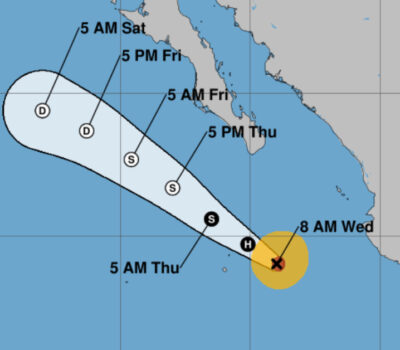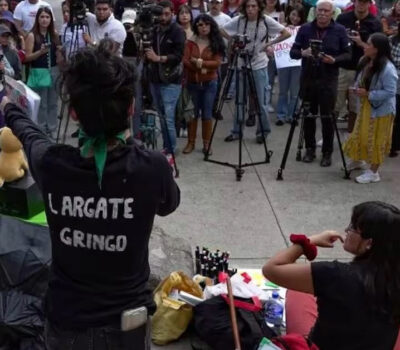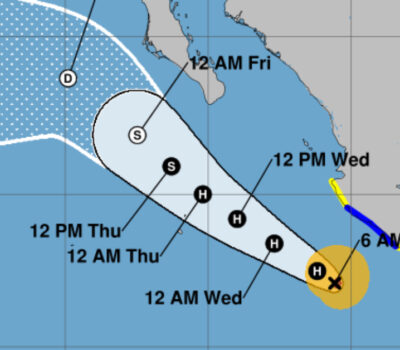A marked rise in U.S. oil options volatility for contracts expiring in 2017 has sparked speculation among traders that the market is preparing for Mexico’s annual hedging program, worth billions of dollars and one of the largest by a nation across commodities markets.
The state-run producer typically buys put options for a portion of its annual output that give it the right to sell crude at a certain price – helping to protect revenue for national oil company Pemex as well as the country’s oil-reliant economy – as the nearly two-year rout in crude prices punishes major producers.
Prices have recovered from 12-year lows hit in January at nearly $27 a barrel and are up almost $20 since. However, they are still down 60 percent from mid-2014 highs. Hedging activity is closely monitored as it can pressure global oil prices by its sheer volume.
Implied volatility for 2017 options contracts has risen over the past six weeks, suggesting greater levels of activity and boosting their value, dealers say. For the December 2017 U.S. West Texas Intermediate contract, for example, volatility moved to just over 35 percent on Monday from 28 percent in early March.
By Thursday, it slipped closer to 32 percent on sell offs following a failed output freeze deal in Doha, Qatar, though the effect was more apparent in more nearby contracts.
Traders said that the rising volatility so far forward was a sign that the market was positioning for and possibly betting on an earlier-than-usual hedging program by Mexico. Last year, it started hedging as early as June, months earlier than the typical August-September window.
A source familiar with the matter said it was still too early for Mexico to hedge, and last week, Mexico’s finance ministry said it had not yet set a date to start its 2017 program, saying that it did not want the market to move against it.
Yet, traders say investors may be doing just that, aiming to get in before Pemex hedges and drives up the price of options deals.
Mexico’s 2016 oil hedge cost the government $1.09 billion to guarantee it will get at least $49 a barrel for about half of the crude it will export this year.
The country has historically relied on Pemex to finance about one-third of the annual federal budget. Recently it has been closer to one-fifth.
Earlier this year, Pemex said that production is likely to fall by about 100,000 bpd due to budget cuts. In January, it stood at 2.3 million barrels per day.
Traders, though, say that premiums for at the money strikes are still relatively cheap, so buying volatility in the back appears to be good value.
“We’ve had a material rebound in prices and it has translated forward out to the strip,” said John Saucer, vice president of research and analysis at Mobius Risk Group in Houston.
“So, for someone looking at doing a 12- to 24-month strip, there are some pretty attractive numbers.”
The flurry of interest is in marked contrast to the nearby options activity – implied volatility for at-the-money options has been rangebound since March.
(Additional reporting by Alexandra Alper in Mexico City, editing by Josephine Mason and Cynthia Osterman)
A marked rise in U.S. oil options volatility for contracts expiring in 2017 has sparked speculation among traders that the market is preparing for . . .

